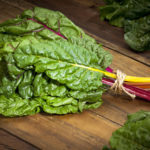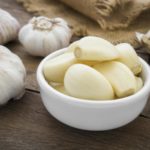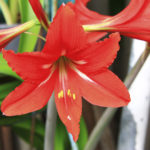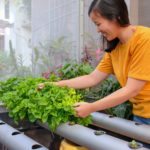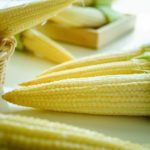Zucchini is Boring?
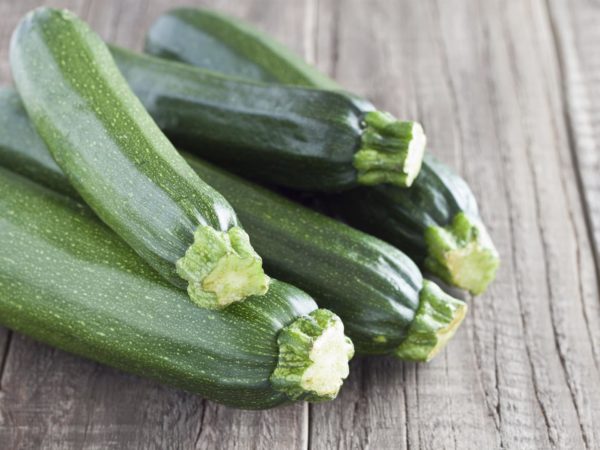
Nothing really interesting can be said about zucchini (cucurbita maxima). I mean, okay, it starts with a Z and has eight letters so it’s the perfect scrabble word, but beyond that…? Well, let’s try. Zucchini are a type of summer squash. The crookneck squash and the pattypan are also summer squash that are grown, harvested and prepared in a manner similar to that of zucchini. Crooknecks are plumper than zucchini with a curved neck (and recently modified to form the ‘straightneck’). Pattypans look like flying saucers. Summer squash readily absorb spices, which gives them their culinary value. Being almost 95% water, they are also a good snack for dieters. Yum.
They are the perfect plant for the beginner in the garden. One or two plants will provide you and your neighbors with enough summer squash for the season. If you’re looking for dramatic growth and high yields in the garden, this is the plant for you. The trailing vines are fascinating to watch grow. Bright yellow flowers will appear in profusion. The flowers of course produce the fruit, though they are themselves edible. Fruit can be eaten within two to seven days after flowering and should not be allowed to grow too large. Though they remain edible, their eating quality diminishes. Young, tender summer squash taste best.
Summer squash were once commonly grown on compost heaps. The rich, moist, decaying matter provided ample nutrients to produce the vine and its fruit. Conveniently, at the end of the season, the old, tired vines could be turned under to replenish the pile. If you’re going to plant them in your garden, a sunny, open position is required with ample space. As with all the varieties of squash, a rich, organic soil is necessary to produce the long, lush vines and large fruit. Well-watered and well-fed squash do best, though I have found with summer squash that a minimum of care is sufficient.
One pest that can cause serious problems is the slug. If you do not deter these slimy culprits they will sever the plant at its base. This can be very disappointing, especially if your plant has attained some size. Sinking a pie pan so that it is level with the soil and baiting it with beer or other attractants will draw slugs and snails in to drown. Stay away from chemical slugicides, they are generally very toxic. Hand-picking seems to be the most effective method of control. It should be done in the early morning while slugs and snails are out. They feed at night and disappear during the day. Though I have never seen it, squash are susceptible to cucumber mosaic virus. Mottled leaves and distorted fruit are obvious symptoms. If you should identify this problem with one or any of your plants, the entire plant should be destroyed.
We grow summer squash to be eaten as an unripe fruit. It is identical to the winter squash, it is merely harvested earlier. Because it is an unripe fruit, its nutritional value is unimpressive. It boasts fair amounts of carotenes, potassium and vitamin C. One of my books suggests it is a good vegetable to eat in the summer to prevent dehydration. I can imagine Lance Armstrong effortlessly cycling straight up a mountain and reaching out for a tall, cool, thirst quenching zucchini. (“Hey mom I’m thirsty!” “There’s some zucchini in the fridge, honey!”)
My dictionary seems to concur with my original sentiment, that there’s not much to say about zucchini. It is defined as “a cucumber-like fruit.” That’s right, even the authors of the dictionary failed to provide zucchini with an identity, instead defining it in terms of a marginally more glamorous vegetable. I assure you, though, that the summer garden doesn’t seem complete without summer squash growing in the corner, steadfastly, and rather poignantly, producing more fruit than anyone wants to eat.
Still awake?
By Jace Mortensen, Guest Commentator
DrWeil.com News



